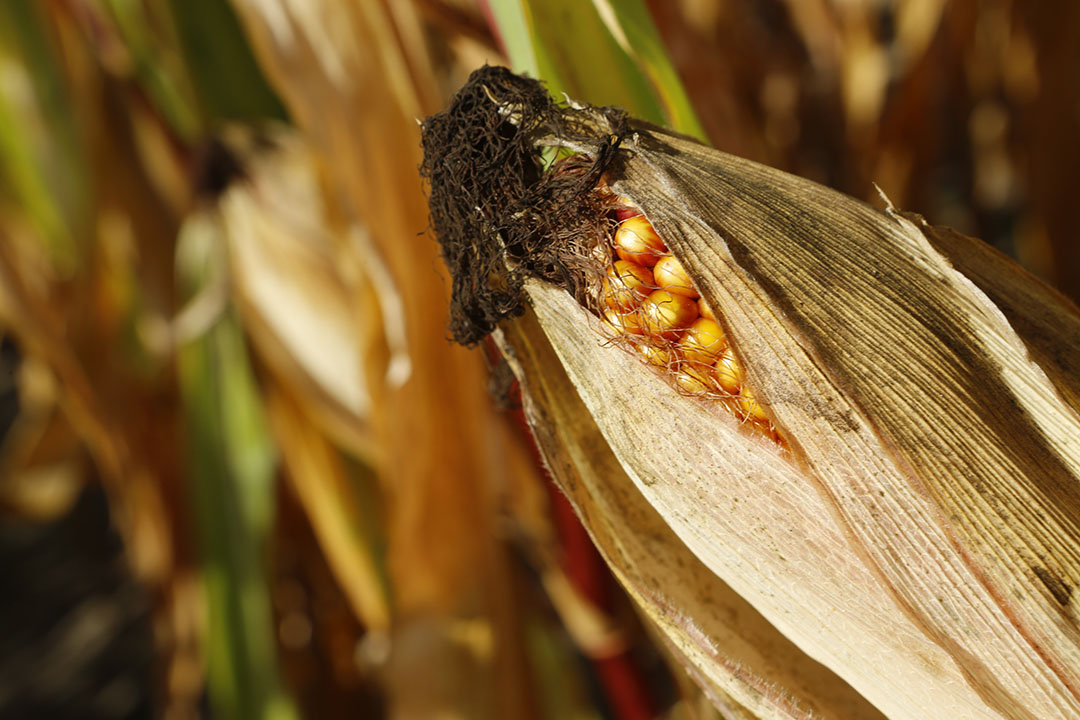Ontario learns corn deoxynivalenol lessons

Grain farmers throughout North America’s southern Great Lakes region experienced significant deoxynivalenol (DON) problems in the 2018 corn harvest. Producers need to reduce their overall risk by planting more fungus-tolerant corn hybrids.
According to agronomists in the Canadian province of Ontario, however, the unfortunate conditions highlight 2 major agronomic lessons. More specifically, they say understanding that fungicides are not a cure-all solution is critical – as is planting more fungus-resistant corn hybrid varieties.
Fungicides: A go-to but somewhat ineffective tool
Dale Cowan, senior agronomist and sales manager for 2 supply and retail cooperatives in Ontario’s far southwest, says fungicides generally do not provide adequate control of DON-producing fungus when weather conditions during critical growth periods are less-than-ideal, but Cowan says high levels of DON do not necessarily require high levels of fungus. This makes predicting the need for fungicide applications more difficult. The effectiveness of such products also varies greatly between hybrids varieties. This is an even more significant issue given the expense of fungicide applications, which can range between $ 30-$ 35 (Cdn) per acre – equivalent to a 6 bushel per acre yield reduction. Where fungicides do produce better results, Cowan adds that control usually tops out at 50% at best.
No significant DON reduction with Proline
Russel Barker, a Pioneer corn hybrid sales representative and certified crop advisor based in the Lake Huron watershed, says even Proline – widely considered one of the most effective fungicides for DON prevention – did not show a significant DON reduction when tested by his company in side-by-side field trials this past year. He also says not using the fungicide might have even allowed plants to die quicker, giving less time for green foliage to harbour moisture and making things better overall – though Barker reiterates this is speculative. Barker adds it may be possible the agricultural community overall is inadvertently selecting for a more virulent form of the fusarium fungus that survives on corn and cereal crop residue. “That’s merely speculation, but we do know that fungal populations like any population in nature will not be uniform in genetic makeup,” he says.
Shifting focus to hybrid selection
Cowan says it’s important to remember that infection works as “a disease triangle.” For DON to be an issue, that is, susceptible crops like highly DON-sensitive corn hybrids need exposure to source inoculum, as well as the right weather at the critical growth stage. “You need a wet canopy […] if it’s wet for 16 hours a day or more, that’s the critical factor,” he says. “All 3 points of that triangle have to be at the right place. If we don’t have that wet canopy [in 2019] it won’t be an issue.” Unfortunately, inoculum is, as Cowan describes, “endemic” in Ontario soils. That means hybrid variety and weather are the only remaining factors to consider. In the future, Cowan says producers need to reduce their overall risk by planting more fungus-tolerant corn hybrids. Growing 3 or 4 hybrids in each field can also help. Scouting at tassel time and being strategic with fungicides, though, is no less important.
Need for greater investment in screening
Better screening for susceptibility in new corn varieties, he says, is also important. And Cowan isn’t the only one to think so. Indeed, in recent months producer organizations, universities, private companies, and government have all begun discussing the need for greater investment in screening, as well as efforts to develop resistant yet high-yielding new hybrids. Barker says farmers who really pushed for higher yields were more likely to have more severe DON issues. Genetics, however, were still the main variable. “It doesn’t mean we’re going to back off on management. We still want to see all that good stuff,” he says. “Hybrid choice and disease pressure masked everything else.”











